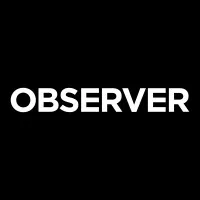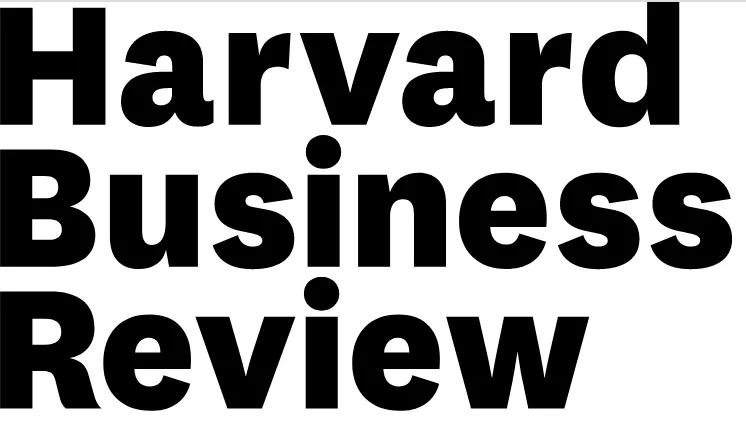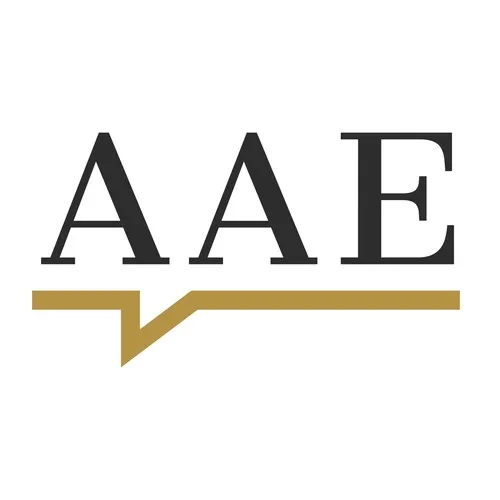Why Should Your Company Prioritize Remote Onboarding?
Gone are the days when a person should just figure it out – you should be intentional and directional with your new employees. In today’s remote work environment, onboarding is essential to ensure seamless integration of new hires into the company culture. As the nature of employment continues to embrace remote work, small businesses must adapt to stay competitive and attract top talent. Efficient standard operating procedures and an overall plan will allow new hires to feel as though they are set up for success. Prioritizing your onboarding plan allows small businesses to tap into a broader talent pool, reaching candidates beyond physical constraints.
Not only is it important for one to prioritize onboarding, but it is also important to ensure that there is extensive effort put into your onboarding program. Extending your program beyond the traditional 90-day process and having an onboarding committee or welcome team is a great start. Onboarding goes beyond the data collection and i9 process. It should include multiple stakeholders - HR personnel, Hiring Managers, Onboarding Buddies, and Mentors to ensure that the new employee feels welcomed to the team and has a good sense of direction.
Well then… What Does the Data Say?
I know you are likely thinking, well - that is what you say, but what does the data say? Great question! There are many instances where long-term and efficient onboarding has been proven beneficial for an organization. In an article, from Harvard Business Review titled "A Guide to Onboarding New Hires- For First Time Managers," the author suggests that the focal points should be enhancing the employee experience, maintaining a balance, and ensuring consistency in remote employee onboarding. The article references findings from a survey within the industry, which revealed that 52% of remote small business employees feel inadequately trained after onboarding, leading to reduced productivity and low retention rates. Over 50% of employees who felt inadequately trained sought new jobs within one year. On the other hand, only 7% of employees who were properly trained sought to leave.
In simple terms, without a people-centric onboarding process, new employees are proven to be less productive and are prone to leaving sooner. This is a juxtaposition to the results of sufficient onboarding that led to new hires staying in their jobs for longer periods of time and becoming high performers.
Enhancing Remote Onboarding with the 4 C’s Framework
There are several different approaches you may take to enhance your onboarding process as a small business. There is a simple and popular method introduced by the Society of Human Resource Management (SHRM), called the 4C’s, that you may refer to help build a framework. The goal of the 4 C concept is to uplift culture while streamlining remote onboarding. This is a concept developed by the SHRM Foundation to help upkeep culture and business goals while adding new people to a remote team.
- Compliance ensures alignment with organizational standards laying the groundwork for seamless integration.
- Clarity involves setting expectations and goals, reducing ambiguity, and enhancing job satisfaction.
- Culture focuses on immersing team members in the company's values to cultivate a sense of belonging.
- Connection underscores the importance of fostering relationships and networks within the organization to promote collaboration and mutual support.
A simple solution is to integrate the 4C module into your onboarding plan and extend the training to include your company policies, handbook, safety procedures, industry-specific training, and role training.









